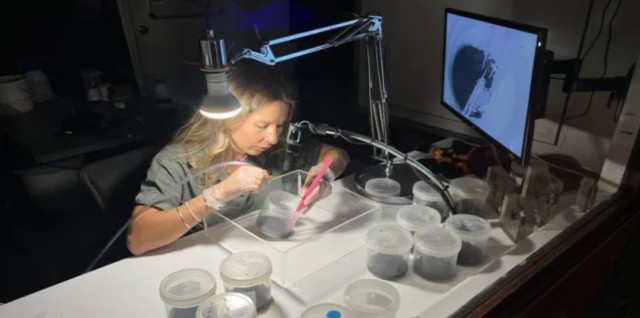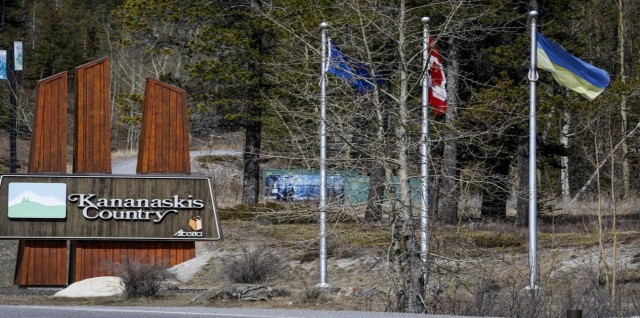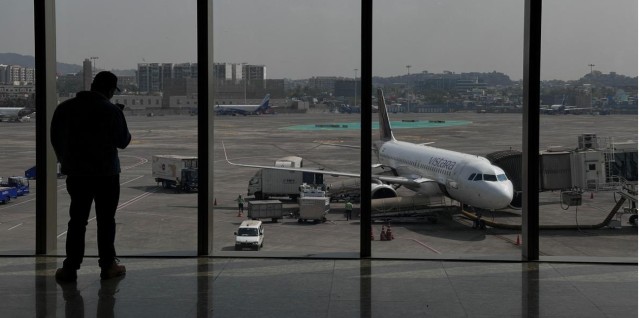
A new 18-kilometer tunnel connecting Denmark and Germany will include five separate sections running side by side, designed to carry both trains and cars. BBC
A massive underwater tunnel is being built under the Baltic Sea. It will connect Denmark and Germany and is set to change the way people and goods move between Scandinavia and Europe.
This tunnel, named the Fehmarnbelt, will be 18 kilometers long. It will carry both road traffic and trains. Once finished, it will become the world’s longest combined road and rail tunnel made from pre-fabricated parts.
The tunnel starts in Denmark’s Lolland Island. A huge site there includes a harbor and a special factory. The factory builds the giant tunnel sections, called elements. Each element is 217 meters long and weighs over 73,000 tonnes. They're made from steel and concrete.
Henrik Vincentsen, the project’s chief, said, “We are breaking records with this project.” Unlike most underwater tunnels that go through solid rock, this one is made by placing 90 huge tunnel elements on the seafloor. They are then joined together like Lego blocks.
The tunnel will have five tubes running side by side. Two will carry trains. Two will have roads for cars and trucks. The fifth will be used for maintenance and emergencies.
The project costs about €7.4 billion. Most of the money comes from Denmark. The European Union is also helping with funds. It is part of a larger plan to make travel across Europe faster and reduce the need for flying.
Right now, people travel by ferry between Rødbyhavn in Denmark and Puttgarten in Germany. That trip takes 45 minutes. After the tunnel opens, the drive will take just 10 minutes, and the train ride will take only seven.
The tunnel will also reduce travel time between Copenhagen and Hamburg. It will go from five hours to just two and a half. This is good news for both travelers and companies moving goods.
Vincentsen said, “It’s not only linking Denmark to Germany, it’s linking Scandinavia to central Europe.” By saving 160 kilometers of travel, this project will also help lower pollution.
The tunnel is being built from the north end first. Steel doors hold back the sea as workers carefully place each tunnel part. Using GPS and underwater cameras, they lower the pieces into a trench on the seabed. Each one must fit with only 15mm of space to spare.
Senior manager Anders Gert Wede said, “We have to be very, very careful.” A system called “pin and catch” helps guide the elements into place safely.
The seabed in this area is made of soft clay and chalk. That makes it hard to drill through, so building a tunnel this way is safer and cheaper than using a boring machine. A bridge was once considered but was ruled out due to strong winds and the risk of ship collisions.
Work began after a long delay. Some ferry companies and nature groups had raised concerns. One group worried about sea animals being disturbed. In 2020, a German court allowed construction to move forward.
The team behind the tunnel is taking steps to protect nature. A large wetland area is being built using sand and rocks from the dig. It will serve as a new habitat and a park for people to enjoy.
The tunnel should open by 2029. It's expected to handle more than 12,000 cars and 100 trains every day. The money to pay back the project will come from toll fees collected from drivers and train operators.
Vincentsen believes the tunnel will bring jobs, boost tourism, and help local communities grow. Anders Wede, who grew up near the site, said, “The locals have been waiting for this for years. They’re excited for what’s to come.”















